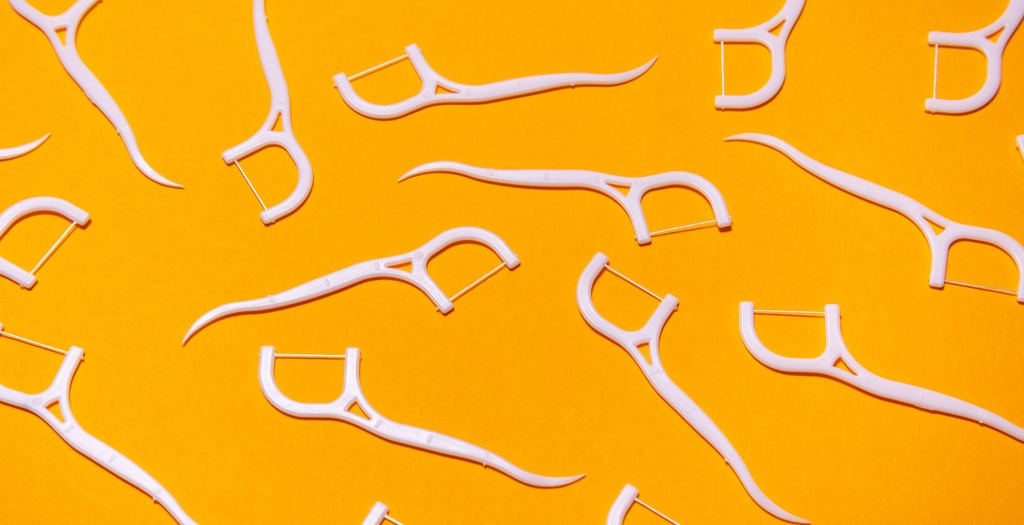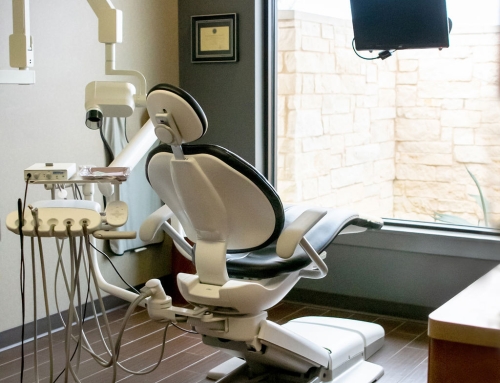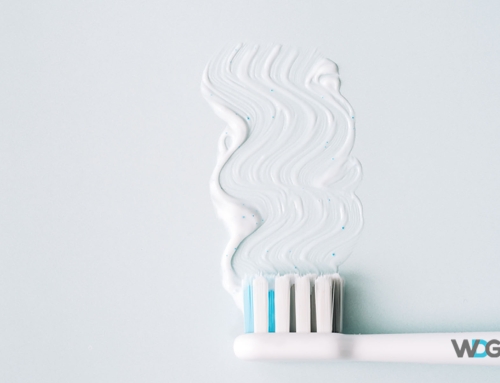You think you know… but we know more.

1. Floss is generally sold in lengths of 50-200 yards.
Microcopy Dental says that one year of American-bought floss would stretch 3 million miles. So how much floss is sold annually? If you use an average length of 125 yards, it means that more than 42 million rolls of dental floss are purchased each year in the U.S. Imagine how far the floss from the whole world would stretch!
2. Most people use around 12-20 inches of floss at a time.
122 yards is equal to 4,392 inches, so that equals out to a little over 300 uses per year, on average. It could be worse, but everyone should be flossing at least once a day.
3. If you think that all flossing does is keep your teeth clean and healthy, you’re mistaken.
The Mayo Clinic points out that oral health is connected to many other health conditions, including heart disease. If you want to prevent heart attacks and other cardiovascular problems, make sure to floss regularly.
4. The gut is home to 300 to 500 bacterial species, which isn’t surprising.
But inside our mouths are about as many! If you don’t want your mouth to be playing host to as much bacteria as your intestines, pay attention to flossing. For more motivation, check out pictures of some of this bacteria.
5. Think about how acid can corrode metal. The same thing happens in your mouth. Tooth enamel is incredibly strong but
Tooth enamel is incredibly strong but plaque is a strong adversary. Help your enamel out by warding off this enemy.
6. If floss removes food particles and any buildup of plaque before you floss, there will be more surface area exposed for when you brush.
Fluoride-based toothpaste will have a better chance of covering this surface area when it’s already been cleaned with floss.
7. Most people use closer to 12 inches of floss, but a longer length will lead to better results.
The American Dental Hygienists Association recommends 18 inches as ideal. This gives you enough room to wrap it firmly around your fingers and to use a clean section of floss for each tooth.
8. The bacteria in plaque feeds on any food particles or sugar in your mouth. Since you probably eat more than once a day, this means that the bacteria
Since you probably eat more than once a day, this means that the bacteria has a lot of opportunities to dine after you do. Flossing at least twice a day means the bacteria will have less time to thrive.
9. What’s most important is just that you floss, but there are definitely times that are better than others.
Flossing after you eat helps you to get rid of any food particles. It also helps to prevent a major buildup of plaque.
Flossing before bed is great because the overnight period would otherwise be an ideal feeding time for the bacteria in your mouth. If there’s nothing for the bacteria to feast on, you won’t have as much plaque. This will minimize decay and other dental problems.
10. There’s no question that flossing is beneficial to your oral health.
You’ll help prevent teeth problems, gum problems, and even bad breath. Halitosis is often caused by the bacteria that flossing can help remove. Brushing can only do part of the job.
If these facts aren’t fun enough for you, check out this list of inventive uses for dental floss.
If you do use dental floss in a unique way, just make sure you save some to use on your teeth. Flossing at least once or twice a day has so many benefits to your oral health and your overall health.
Info found on hereon.biz. Heronbiz owns this content.




